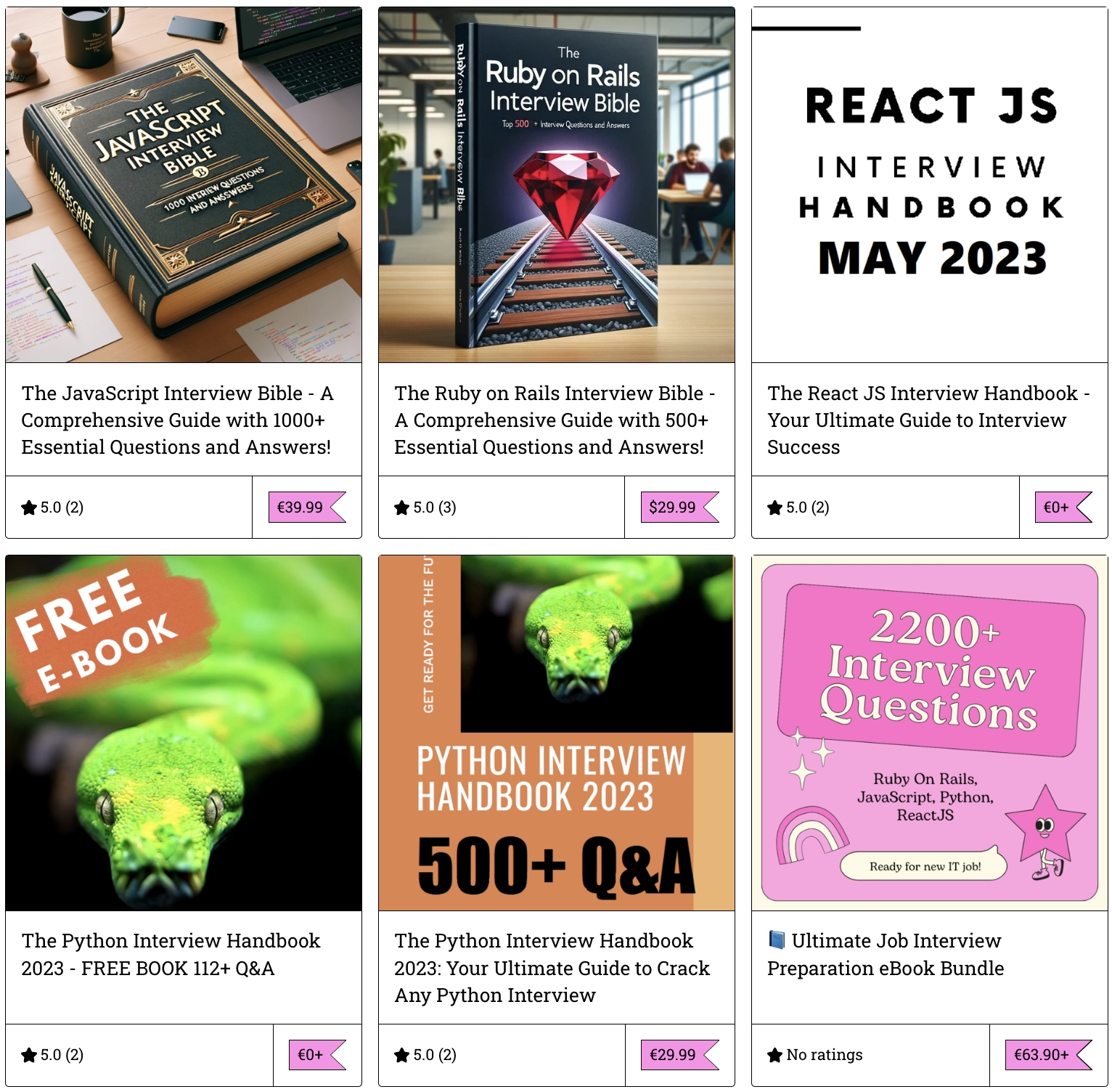Refactoring Legacy Code with the Strangler Fig Pattern – Shopify Engineering
24-Mar-2020 3235
Large objects are a code smell: overloaded with responsibilities and dependencies, as they continue to grow, it becomes more difficult to define what exactly they’re responsible for. Large objects are harder to reuse and slower to test. Even worse, they cost developers additional time and mental effort to understand, increasing the chance of introducing bugs. Unchecked, large objects risk turning the rest of your codebase into a ball of mud, but fear not! There are strategies for reducing the size and responsibilities of large objects. Here’s one that worked for us at Shopify, an all-in-one commerce platform supporting over one million merchants across the globe. As you can imagine, one of the most critical areas in Shopify’s Ruby on Rails codebase is the Shop model. Shop is a hefty class with well over 3000 lines of code, and its responsibilities are numerous. When Shopify was a smaller company with a smaller codebase, Shop’s purpose was clearer: it represented an online store hosted on our platform. Today, Shopify is far more complex, and the business intentions of the Shop model are murkier. It can be described as a God Object: a class that knows and does too much.
Refactoring Legacy Code with the Strangler Fig Pattern – Shopify Engineering #ruby #rubydeveloper #rubyonrails #Refactoring #Legacy #Strangler #Pattern #Shopify #Engineering #code #engineering #refactoring #shopify https://rubyonrails.ba/link/refactoring-legacy-code-with-the-strangler-fig-pattern-shopify-engineering
